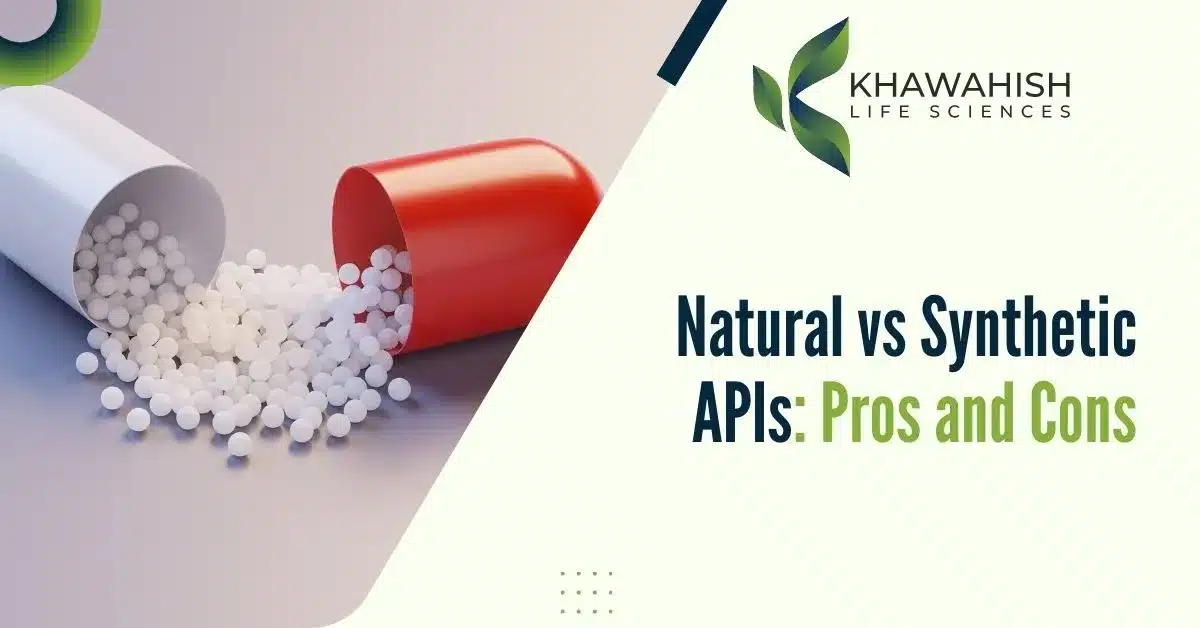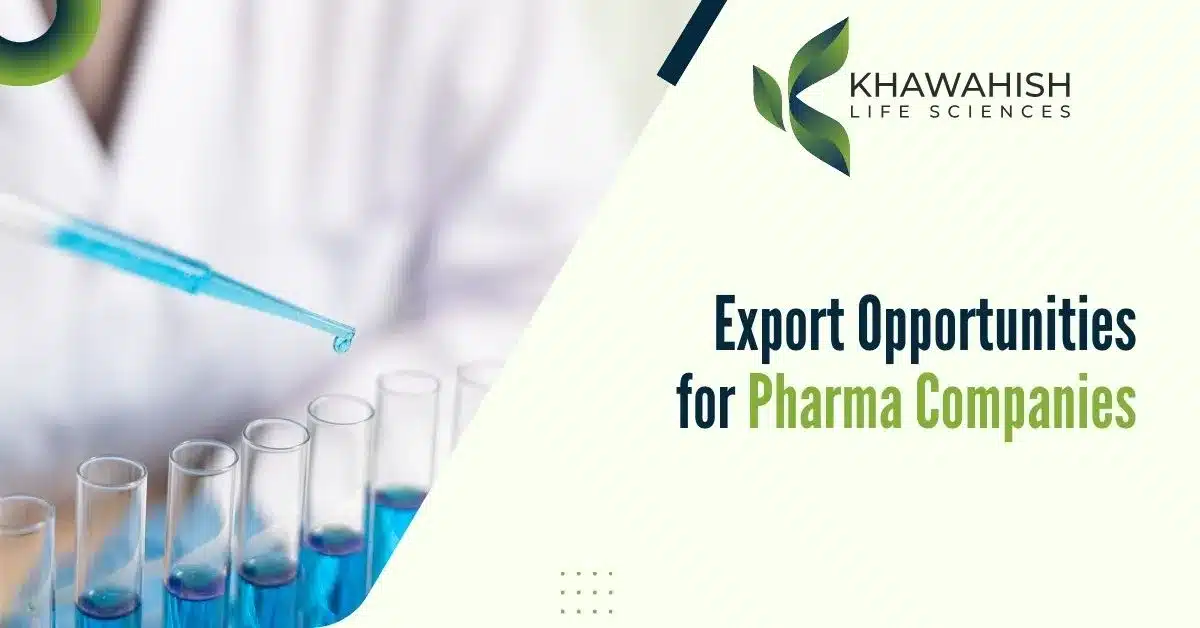
Active Pharmaceutical Ingredients (APIs) form the core of medicines, determining their therapeutic effects. APIs can be derived from natural sources or synthesized chemically. Both natural and synthetic APIs play crucial roles in the pharmaceutical industry, each with its own benefits and challenges. In this blog, we’ll explore the differences between natural and synthetic APIs, their advantages, and their limitations.
What Are Natural APIs?
Natural APIs are derived from plants, animals, or microorganisms. These compounds are extracted, purified, and used in medicines. Common examples include morphine from the opium poppy and penicillin from fungi. Herbal medicines and biologics also fall under this category.
Pros of Natural APIs
- Biocompatibility – Natural APIs often align better with human biological systems, leading to better absorption and fewer side effects.
- Rich in Complexity – Many natural compounds have complex structures that are difficult to replicate synthetically, providing unique therapeutic benefits.
- Sustainability Potential – Some natural APIs, especially plant-based ones, can be sustainably sourced with proper agricultural practices.
- Fewer Chemical Residues – As these compounds are extracted naturally, they may contain fewer synthetic by-products.
Cons of Natural APIs
- Limited Availability – Natural sources can be seasonal or geographically restricted, leading to supply chain issues.
- High Production Costs – Extracting and purifying natural APIs is often expensive and time-consuming.
- Variability in Composition – Natural APIs can have inconsistencies due to environmental factors affecting the source organism.
- Potential Allergenic Reactions – Some natural extracts may trigger allergic reactions in sensitive individuals.
What Are Synthetic APIs?
Synthetic APIs are produced through chemical synthesis, often designed to mimic or enhance the effects of natural compounds. These APIs are widely used due to their consistency, scalability, and cost-effectiveness. Common examples include aspirin and paracetamol.
Pros of Synthetic APIs
- High Purity and Consistency – Synthetic APIs are manufactured under controlled conditions, ensuring uniform quality.
- Cost-Effective Production – Large-scale production of synthetic APIs is often cheaper and more efficient than natural extraction.
- Customization and Enhancement – Scientists can modify synthetic compounds to improve efficacy and reduce side effects.
- Stable Supply Chain – Unlike natural APIs, synthetic APIs are not dependent on environmental or biological factors, ensuring a steady supply.
Need pharmaceutical ingredients? Contact us today for expert guidance on sourcing high-quality APIs for your formulations!
Cons of Synthetic APIs
- Potential Side Effects – Some synthetic APIs may have unintended effects due to their chemical nature.
- Environmental Impact – The production of synthetic APIs involves chemical processes that may contribute to pollution.
- Limited Structural Complexity – Synthetic methods sometimes struggle to replicate the intricate structures of natural molecules, limiting therapeutic potential.
Which One Is Better?
There is no definitive answer, as both natural and synthetic APIs have their place in medicine. The choice depends on factors like cost, therapeutic requirements, availability, and sustainability. Many modern drugs incorporate both natural and synthetic elements, blending the advantages of both approaches.
Frequently Asked Questions
What is synthetic API?
A synthetic API is a chemically manufactured active pharmaceutical ingredient designed to replicate or enhance natural compounds.
What does API stand for in medicine?
API stands for Active Pharmaceutical Ingredient, the primary substance responsible for a drug’s therapeutic effects.
What is the availability of an API?
API availability depends on production capacity, raw material sourcing, and regulatory approvals, affecting supply chains.
What is a synthetic check?
A synthetic check refers to a quality control process in pharmaceutical manufacturing to ensure consistency and purity in synthetic APIs.
Conclusion
Understanding the pros and cons of natural vs. synthetic APIs helps in making informed decisions in drug development and healthcare. Whether derived from nature or synthesized in a lab, APIs are vital in advancing medicine and improving patient outcomes. The future of pharmaceuticals will likely continue to integrate both natural and synthetic solutions for optimal therapeutic benefits.


